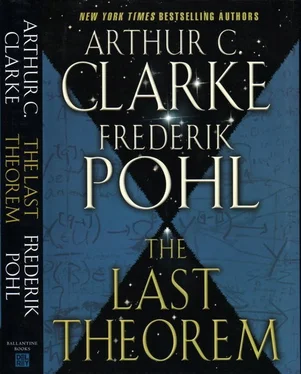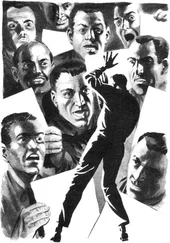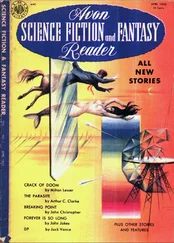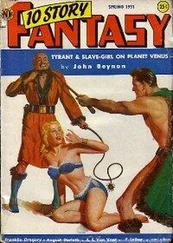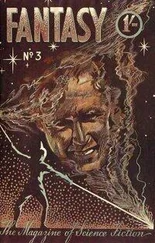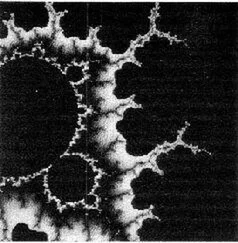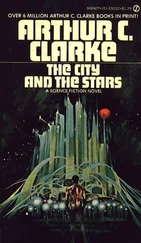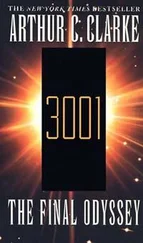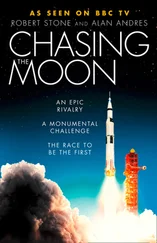Impossible, right? Care to try to figure it out? I’ll come back to you on this, but not right away.
The second thing that I think might be relevant happened some twenty years later, when I found myself for the first time in my life spending a few weeks in the island empire of Japan. I was there as a guest of Japanese science-fiction fandom, and so was Brian Aldiss, representing Britain, Yuli Kagarlitski, representing what then was still the Union of Soviet Socialist Republics, Judith Merril, representing Canada, and Arthur C. Clarke, representing Sri Lanka and most of the rest of the inhabited parts of the earth. Along with a contingent of Japanese writers and editors, the bunch of us had been touring Japanese cities, lecturing, being interviewed, and, on request, showing our silly sides. (Arthur did a sort of Sri Lankan version of a Hawaiian hula. Brian got involved in trying to pronounce a long list of Japanese words, most of which—for our hosts loved a good prank—turned out to be violently obscene. I won’t tell you what I did.) For a reward we were all treated to a decompressing weekend on Lake Biwa, where we lounged about in our kimonos and depleted the hotel’s bar.
We spent most of the time catching one another up on what we’d been doing since the last time we had been together. I thought Judy Merril had the most interesting story to tell. She had come early to Japan, and had sneaked a couple of days in Hiroshima before the rest of us had arrived. She was good at describing things, too, and she kept us interested while she told us what she had seen. Well, everyone knows about the twisted ironwork the Japanese preserved as a memorial when every other part of that building had been blown away by that first-ever-deployed-in-anger nuclear bomb, and about the melted-down face on the stone Buddha. And everyone knows about—the one that nobody can forget once that picture enters their minds—the shadow of a man that had been permanently etched, onto the stone stairs where he had been sitting, by the intolerably brilliant nuclear blast from the overhead sky.
“That must have been bright,” someone said—I think Brian.
Arthur said, “Bright enough that it could have been seen by a dozen nearby stars by now.”
“If anyone lives there to be looking,” someone else said—I think it was me.
And, we agreed, maybe someone might indeed be looking…or at least it was pretty to think so.
As to those mathematical parlor tricks:
I don’t think I should explain them to you just yet, but I promise that before this book is ended, someone will.
That someone will probably be a bright young man named Ranjit Subramanian, whom you are bound to meet in just a few pages.
After all, this book is basically Ranjit’s story.

THE THIRD PREAMBLE
Atmospheric Testing
In the spring of the year 1946, in a (previously) unspoiled South Pacific atoll named Bikini, the American navy put together a fleet of ninety-odd vessels. They were battleships, cruisers, destroyers, submarines, and assorted support craft, and they came from many sources. Some were captured German or Japanese ships, the spoils of battle from the recently ended World War II; most were war-weary or technologically outmoded American vessels.
This fleet was not meant to sail off into a giant naval battle against anyone, or indeed to go anywhere at all. Bikini Atoll was the vessels’ last stop. The reason the fleet had been assembled was simply so that a couple of atomic bombs could be inflicted on it. One would come from the air, the other from under the sea. The hope was that this travail could give the admirals some idea of what their navy might suffer in some future nuclear war.
Bikini Atoll, of course, wasn’t the end of nuclear weapons testing. It was just the beginning. Over the next dozen years and more the Americans exploded bomb after bomb in the atmosphere, diligently noting yield and damage done and every other number that could be extracted from a test. So did the Soviets and the Brits a little later, the French and the Chinese later still. Altogether the first five nuclear powers (who also happened, not by chance, to be the five permanent members of the United Nations Security Council) set off a total of more than fifteen hundred nuclear weapons in the atmosphere. They did this in places such as the Marshall Islands in the Pacific, in Algeria and French Polynesia, in desert areas of Australia, in Semipalatinsk in Soviet Kazakhstan and Novaya Zemlya in the Arctic Ocean, in the marshy waste of Lop Nor in China, and in many other places all around the world.
It did not greatly matter where the blasts originated. Each one of them produced an inconceivably brilliant flash—“brighter than a thousand suns,” was how the physicist Hans Thirring described it—a flash that swelled out into space in a hemispheric shell of photons, expanding at the rate of three hundred thousand kilometers in each second.
• • •
By then the photons of that first puny radar flash that young Arthur Clarke had aimed at the moon had traveled a long way from the place in the galaxy where Earth had been when the photons were launched.
How far had they gone? Well, by then it had been some thirty years since that radar flash of his had returned no data. Light—or radio waves, or electronic radiation of any kind—travels at, well, at that velocity of 186,000 miles (or some 300,000 kilometers) per second that is the speed of light. So each year those photons had traveled one light-year farther away, and in their passage they had already swept through the systems of several hundred stars. Many of those stars had planets. A few had planets capable of supporting life. A small fraction of that life was intelligent.
Human beings never did know which star’s beings first detected what was happening on Earth. Was it Groombridge 1618? Alpha Centauri B? (Or, for that matter, A?) Or Lalande 21185, Epsilon Eridani, perhaps even Tau Ceti?
The humans never knew, and perhaps that was just as well. It would only have worried them.
Whichever star’s system they had inhabited, the astronomers among those creatures (they didn’t call themselves astronomers; their term for what they did was something like “inventoriers of externalities”) paid close attention to that first weak pulse. It troubled them.
These people did not look in the least like humans, but they had certain nearly human “emotions,” and among them was something quite like fear. The microwave emanations from Earth were the first things to worry them. Then came those far brighter fire bursts that arrived a little later—the ones from the first nuclear test from White Sands Proving Ground, and then from Hiroshima and Nagasaki, and then from everywhere. Those flashes set those alien skywatchers to clattering and squealing at one another. Such flashes represented trouble, and potentially very big trouble.
It wasn’t that those first observers felt fear at what humanity was doing on its remote little planet. They didn’t care in the least what happened to planet Earth. What worried them was that that same expanding hemisphere of radiation would not die out once it passed their star. It would keep going on, farther and deeper into the galaxy. And sooner or later it would reach certain other individuals who were likely to take it very seriously indeed.
And so now, at last, we meet this Ranjit Subramanian, the one whose long and remarkable life this book is all about.
At this time Ranjit was sixteen years old, a freshman at Sri Lanka’s principal university, in the city of Colombo, and more full of himself than even your average sixteen-year-old. He wasn’t at the university now, though. At his father’s bidding he had made the long trip from Colombo slantwise across the island of Sri Lanka to the district of Trincomalee, where his father had the distinction of being chief priest at the Hindu temple called Tiru Koneswaram. Ranjit actually loved his father very much. He was almost always glad to see him. This time, however, he was a bit less so, because this time Ranjit had a pretty good idea of what the revered Ganesh Subramanian wanted to talk to him about.
Читать дальше
Конец ознакомительного отрывка
Купить книгу
